
Apple's Vision Pro headset finally has a release date in the U.S., and it's coming up quickly! Alongside that announcement, we learned a bit more about the device and what to expect with the ordering process.
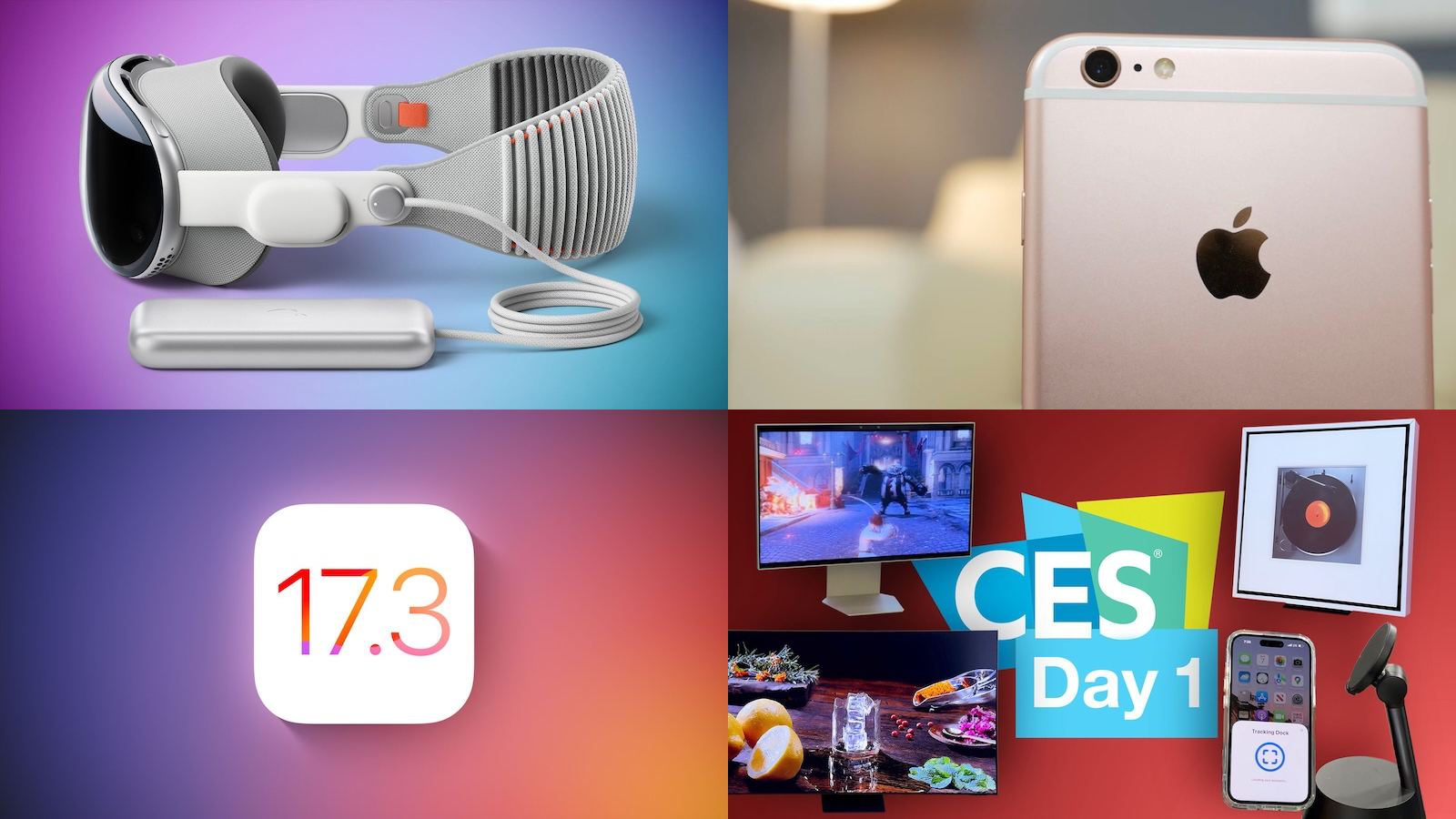
Other news this week included Apple starting to pay out claims for the high-profile class action lawsuit that claimed Apple was "secretly throttling" older iPhones with degraded batteries, an approaching release of iOS 17.3 and related updates, and the annual CES tech event in Las Vegas, so read on below for all the details!
Apple Vision Pro Launches February 2, Pre-Orders Start Next Week
After being unveiled at WWDC 2023 last June, Apple's long-awaited Vision Pro mixed reality headset now has a release date: Friday, February 2. Pre-orders begin on Friday, January 19 at 5 a.m. Pacific Time. Availability is limited to the U.S., with more countries to follow later this year.
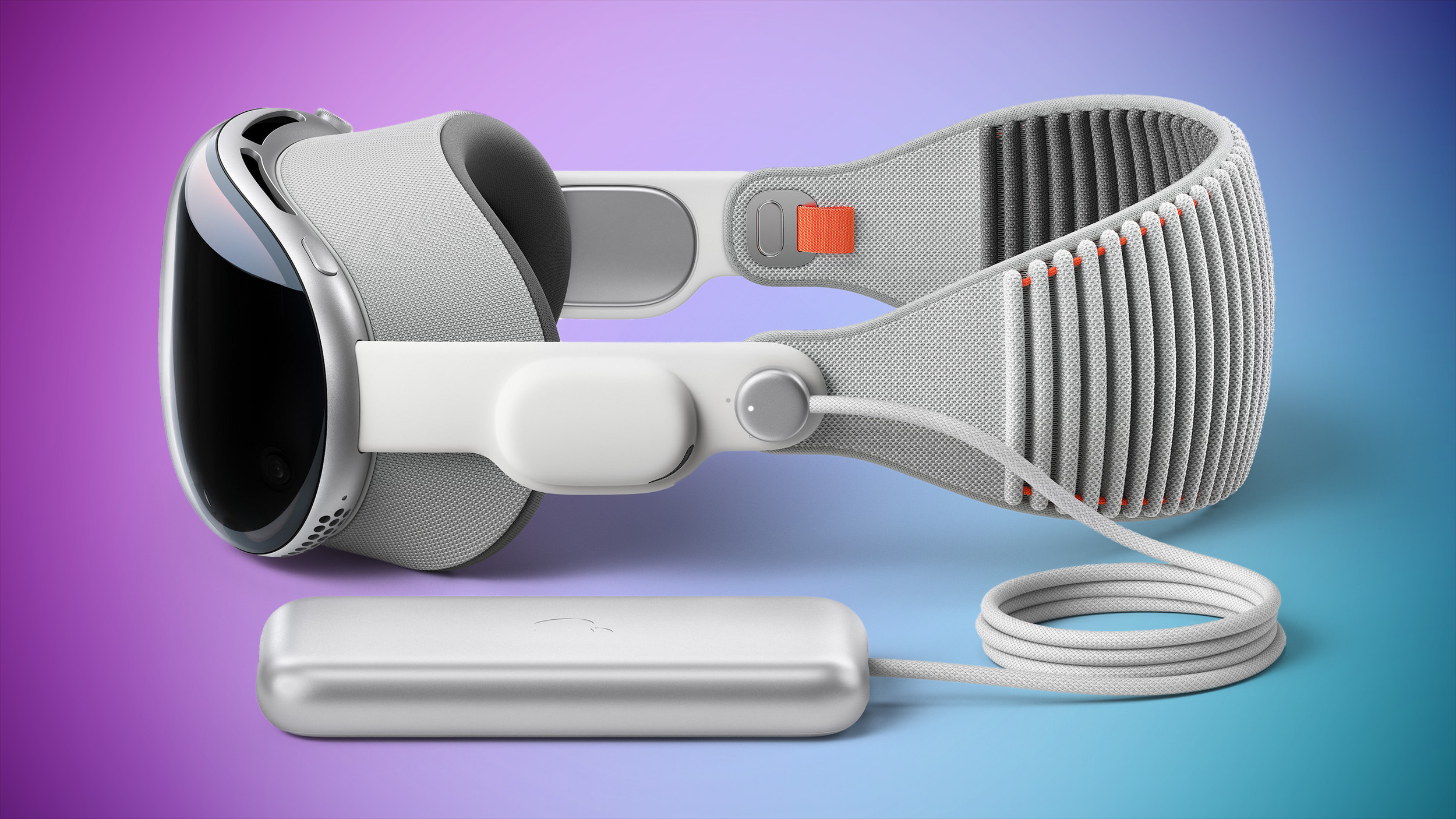
Pricing starts at $3,499 with 256GB of storage, and ZEISS optical inserts will be available for $99 to $149. If you're planning to order, make sure to check out Apple's tips to make sure you're ready.
Apple refers to the Vision Pro as a "spatial computer," and it offers a combination of augmented reality and virtual reality features. The headset is powered by an all-new visionOS operating system, which can be controlled with a user's eyes, hands, and voice.
Learn more in our Vision Pro roundup.
Apple Vision Pro: Here's Everything You Get in the Box
In its press release announcing the Vision Pro's launch date, Apple revealed the various items that will be included with the headset.
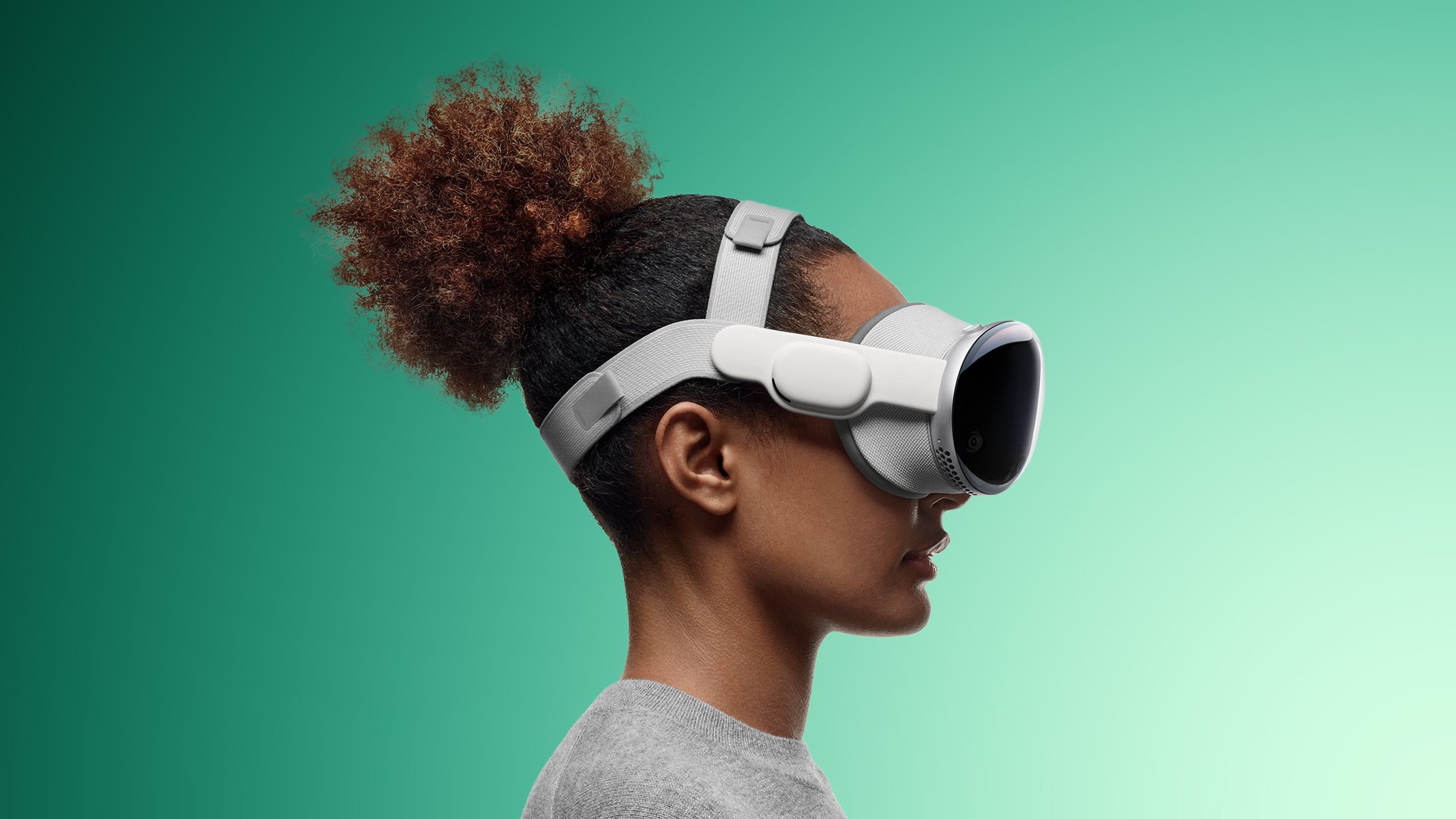
Apple says the headset will ship with two types of head bands (a Solo Knit Band and a Dual Loop Band), a light seal, two light seal cushions, a cover for the front glass, a polishing cloth, an external battery pack, a USB-C power adapter, and a USB-C charging cable.
Apple Vision Pro Features 16GB of RAM
Apple's upcoming Vision Pro headset is equipped with 16GB of unified memory, according to files related to the device in Xcode 15.2.
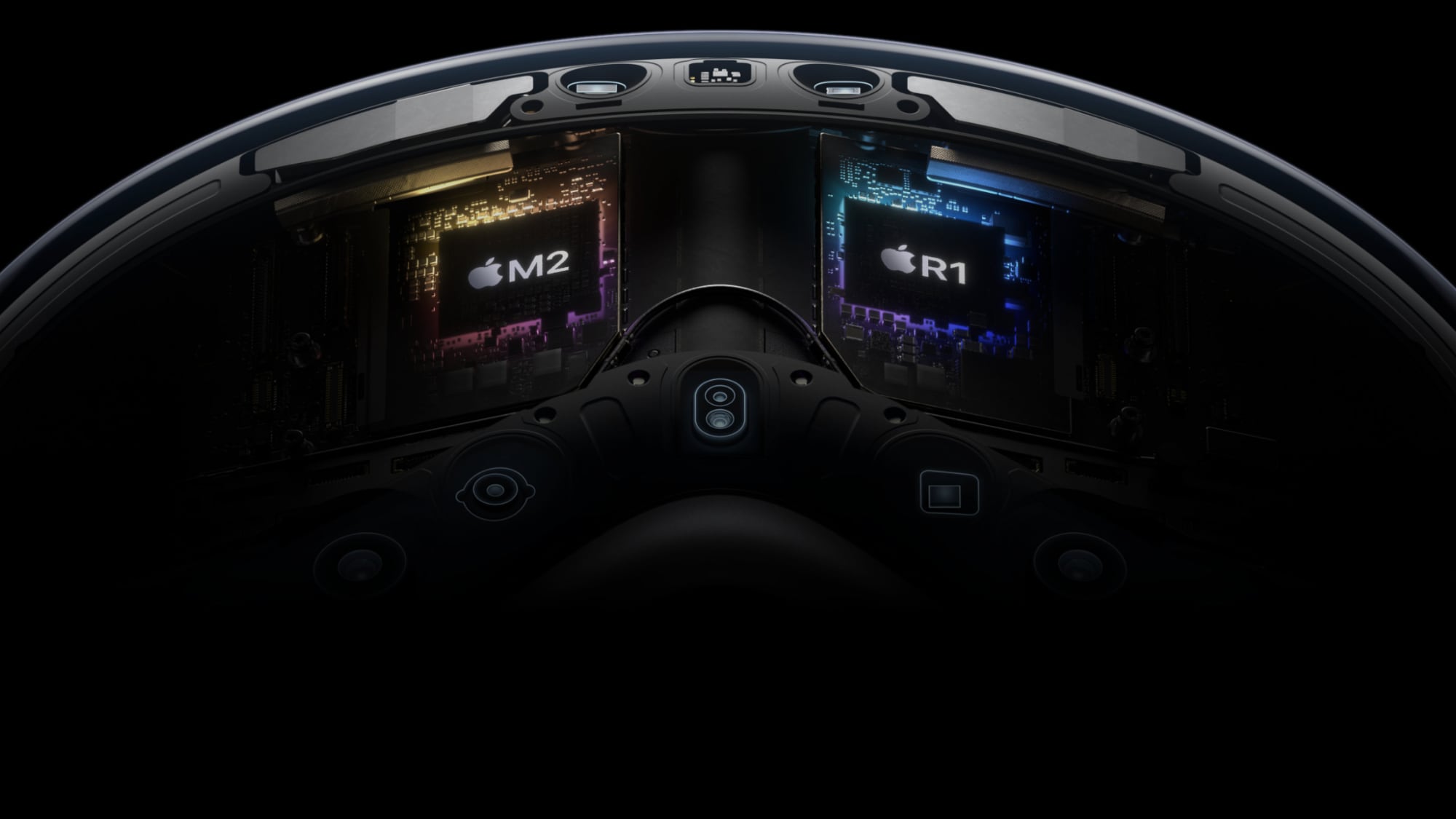
Our finding in Apple's app development tool confirms a June 2023 report from Bloomberg's Mark Gurman that said the Vision Pro would be equipped with 16GB of RAM, and that is also the same amount of memory that was included in Vision Pro development kits.
Apple Sends $92 'Batterygate' Payments to iPhone Users
Apple in 2020 agreed to pay up to $500 million to settle a class action lawsuit in the U.S. that accused the company of "secretly throttling" some iPhone models, and payouts finally started going out this week to individuals who submitted a claim.
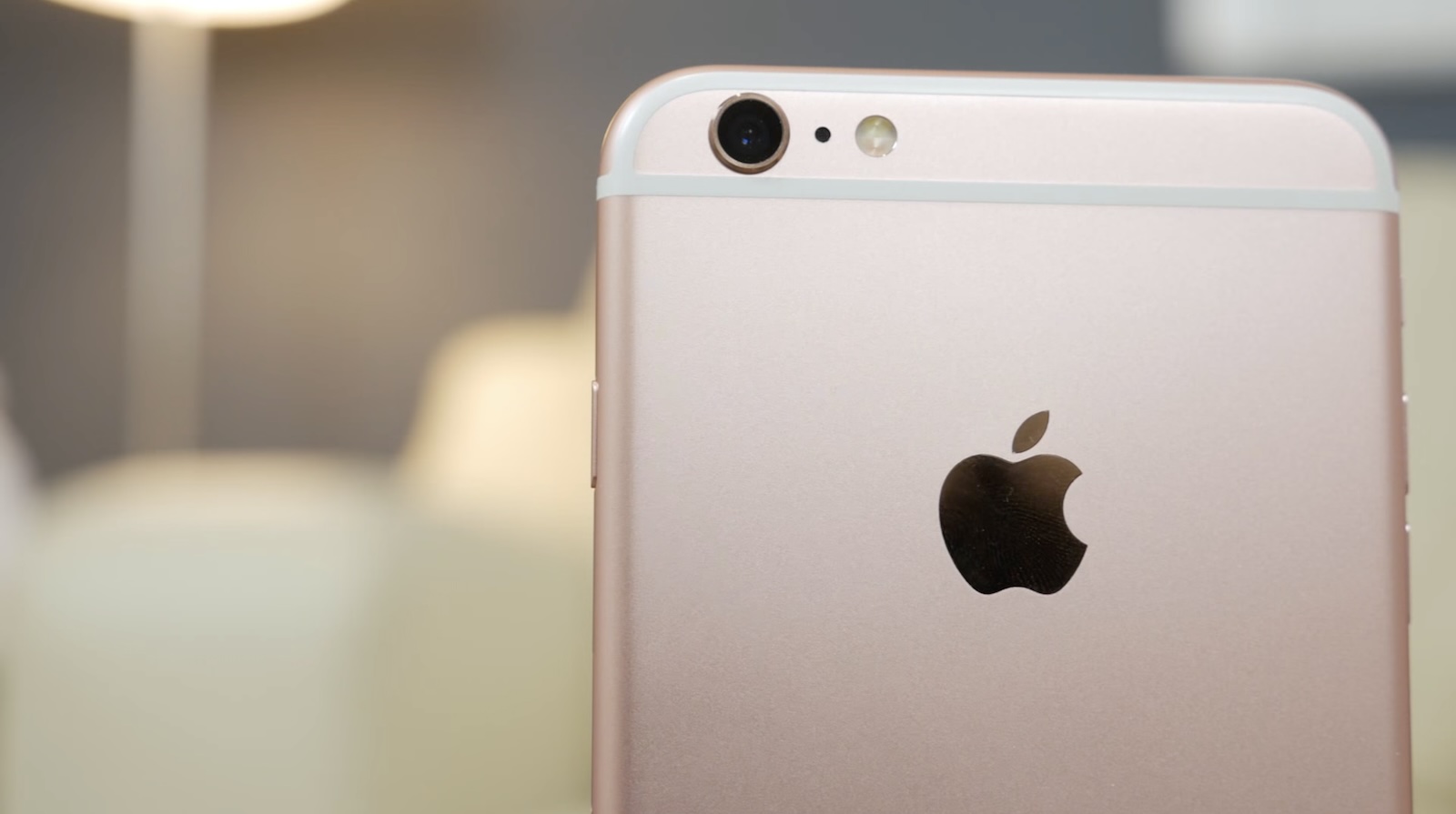
iPhone users have received $92.17 per claim from Apple, according to multiple MacRumors readers. The deadline to submit a claim was in October 2020.
iOS 17.3 Coming Soon With These Two New Features for Your iPhone
iOS 17.3 has been in beta testing since mid-December, and the upcoming software update includes two new features for the iPhone, including Stolen Device Protection and collaborative Apple Music playlists.
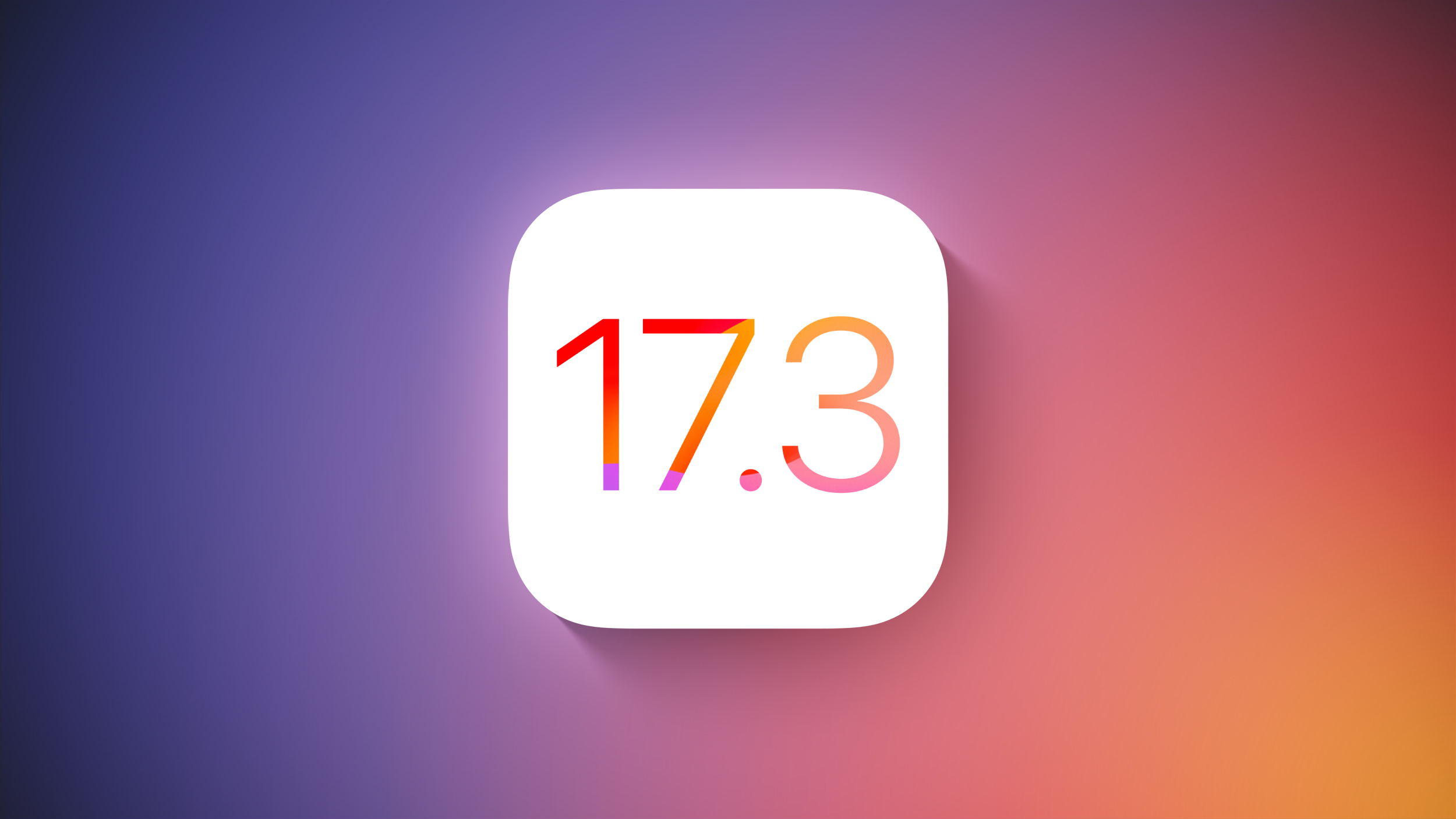
Related: When Will iOS 17.3 Be Released?
Apple seeded the third beta of iOS 17.3 this week, and the update will likely be widely released later this month.
CES 2024 Recap of Apple-Related Announcements
The annual CES tech conference was held in Las Vegas this week, and there were a handful of Apple-related announcements as usual.
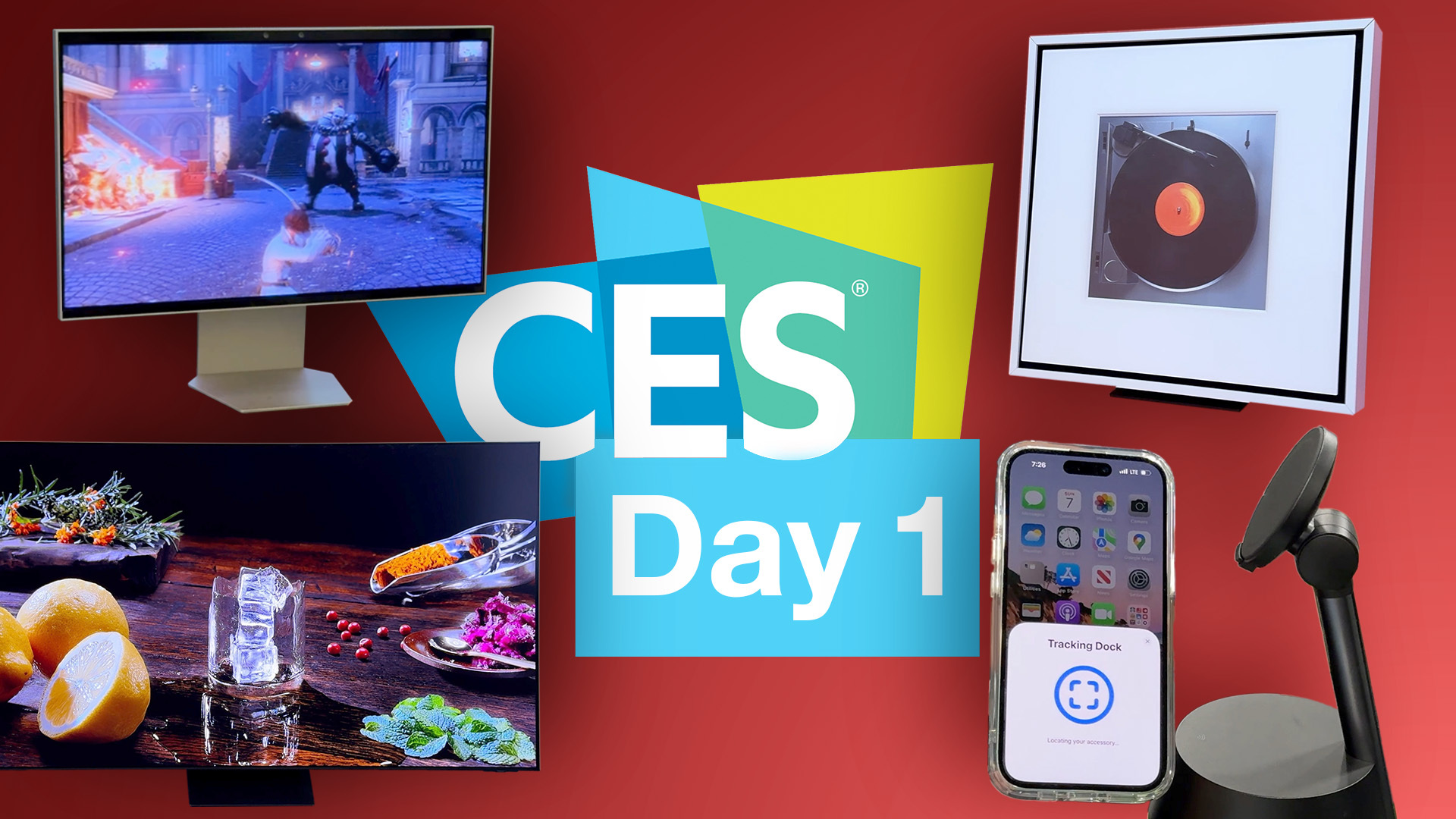
Check out our CES 2024 news hub for a recap of new HomeKit accessories and more.
Also be sure to watch our Day One, Day Two and Day Three videos for more highlights.
MacRumors Newsletter
Each week, we publish an email newsletter like this highlighting the top Apple stories, making it a great way to get a bite-sized recap of the week hitting all of the major topics we've covered and tying together related stories for a big-picture view.
So if you want to have top stories like the above recap delivered to your email inbox each week, subscribe to our newsletter!
Article Link: Top Stories: Apple Vision Pro Release Date, iOS 17.3 Coming Soon, CES 2024 Recap


